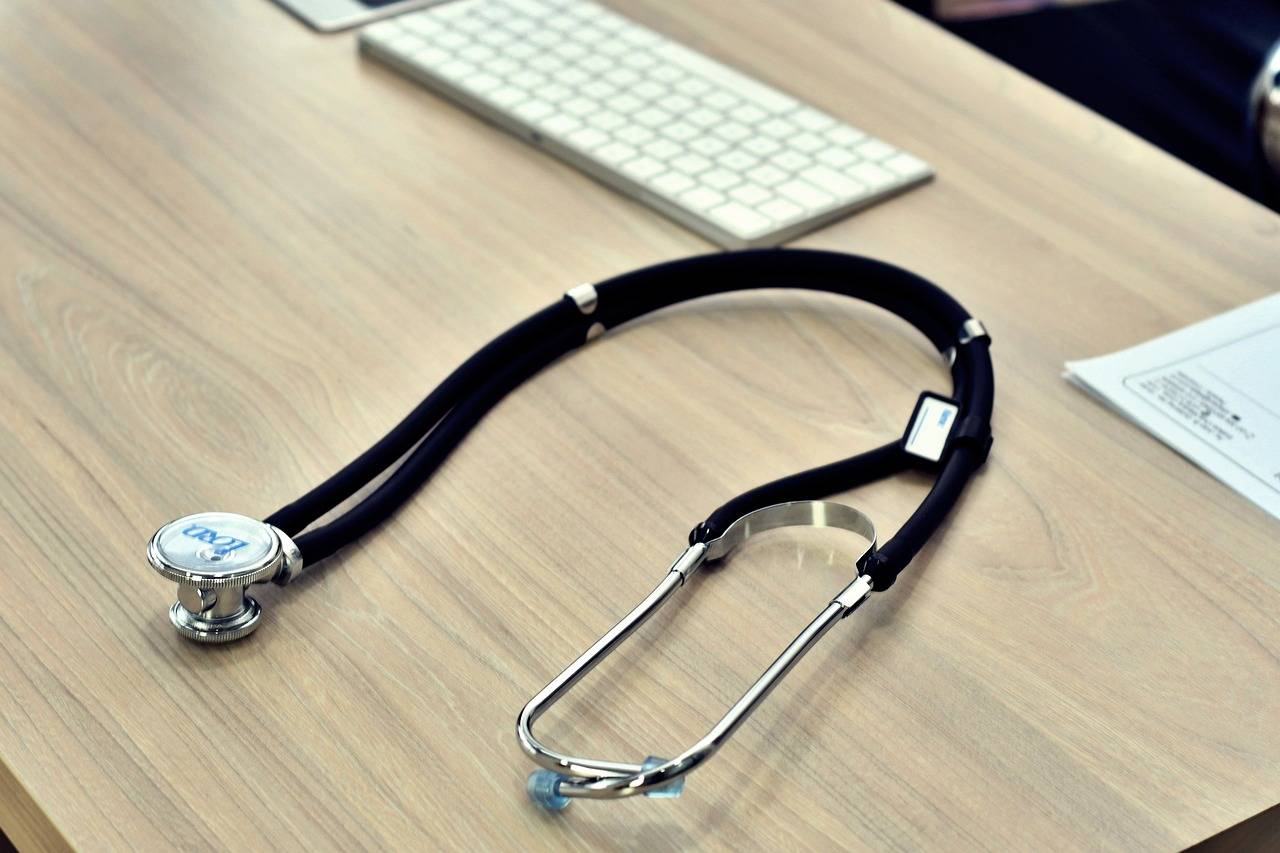Engineering Microbes for Biodegradation of Persistent Chemical Pollutants: Betbhai9 sign up, Radhe exchange, My laser247
betbhai9 sign up, radhe exchange, my laser247: Engineering Microbes for Biodegradation of Persistent Chemical Pollutants
In our modern world, chemical pollutants pose a significant threat to our environment and health. These persistent pollutants can linger in the environment for years, causing harm to ecosystems and human health. Traditional methods of cleaning up chemical pollutants can be expensive and time-consuming. However, with advancements in biotechnology, we now have another tool at our disposal – engineering microbes for biodegradation.
What is biodegradation?
Biodegradation is a natural process where microorganisms break down organic substances into simpler compounds. By harnessing the power of microbes, we can accelerate the breakdown of persistent chemical pollutants, making the environment cleaner and safer for all living beings.
How can we engineer microbes for biodegradation?
Scientists have been able to genetically modify certain microbes to enhance their ability to degrade specific chemicals. By introducing genes that code for enzymes capable of breaking down these pollutants, we can create supercharged microbes that are highly effective at cleaning up contaminated sites.
What are the benefits of using engineered microbes for biodegradation?
Using engineered microbes for biodegradation offers several benefits. These include:
– Faster cleanup of contaminated sites
– Lower costs compared to traditional cleanup methods
– Targeted degradation of specific pollutants
– Reduced environmental impact
– Potential for use in various environments, including soil, water, and air
What are some examples of engineered microbes for biodegradation?
There have been several success stories in the field of biodegradation using engineered microbes. For example, researchers have engineered bacteria capable of degrading polychlorinated biphenyls (PCBs), a group of toxic chemicals that have contaminated numerous sites worldwide. By introducing specific genes into these bacteria, they were able to effectively break down PCBs into harmless byproducts.
FAQs
1. Is it safe to use engineered microbes for biodegradation?
Engineered microbes undergo rigorous testing to ensure their safety before being released into the environment. These microbes are designed to target specific pollutants and do not pose a risk to human health or the environment.
2. How long does it take for engineered microbes to clean up a contaminated site?
The time it takes for engineered microbes to clean up a contaminated site depends on various factors, such as the type and concentration of pollutants present. In some cases, significant improvements can be seen in a matter of weeks or months.
3. Are there any limitations to using engineered microbes for biodegradation?
While engineered microbes offer a promising solution for cleaning up chemical pollutants, there are some limitations to their use. These include the need for specific environmental conditions to support microbial growth and the potential for unintended consequences if these microbes were to escape into the wild.
In conclusion, engineering microbes for biodegradation of persistent chemical pollutants is a powerful tool in our fight against environmental contamination. By leveraging the unique abilities of these microorganisms, we can work towards a cleaner and healthier planet for future generations.







